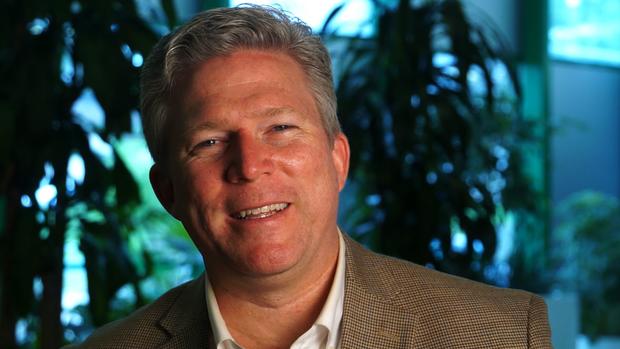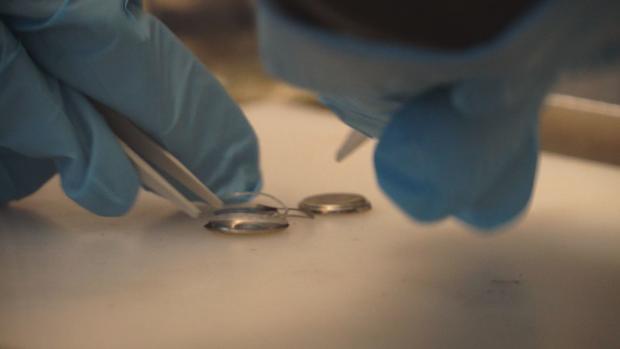Powering the Future: Inside the quest for a better battery
When Jeff Chamberlain left grad school in 1993, some of his friends went to work on battery research.
"I remember saying to them, 'I thought batteries were done,"' he said. "Even back then, in 1993. 20 years ago."
- The next big thing in batteries
- Power from wind or waves: Why pick?
- Underwater turbines harness river power
Now, he's one of the leaders of a new, innovation hub sometimes called the Manhattan Project for batteries.
Officially named the Joint Center for Energy Storage Research, it's a federally funded quest for better batteries.
"We want to store as much energy as possible, as cheaply as possible, and to make it light and reliable," said Chamberlain.
Late last year, the Argonne National Laboratory won a $120 million grant to create the hub, with the stated mission of developing a battery that's five times more powerful and five times less expensive, in five years.
It's a mission Chamberlain admits might not be achievable, but an aspirational goal that will move the ball forward.
"If we can achieve double, or triple, or quadruple where we are today, it will drive the market," Chamberlain said.
To see how they'll do it, CBSNews.comvisited the lab's 1,500-acre campus outside Chicago. On a tour, Chamberlain explained their process.
First: Basic research, in which scientists make and experiment with new materials, with equipment like sealed off glove boxes.
"When we do battery research, often we want no exposure to H2O," said Chamberlain. "Sometimes we don't want any exposure to oxygen or even nitrogen. These boxes are filled with argon gas, non-reactive gas, so we can perform our chemical reactions and even manufacture small test cells inside of the glove box."
They use powerful magnets to examine new materials, not unlike the way doctors use MRIs to look inside a body.
"You essentially resonate the molecule." Chamberlain explained. "You shake it magnetically and, depending on how that molecule resonates and the signal that comes out of it, you can determine down to the atomic level, the structure of a given material."
Robotic arms enable researchers to make and experiment with multiple variations of a new material, taking the work of scientists, Chamberlain says, and multiplying it.
"You can have the crystal of an idea, the kernel of an idea, and then test that along a wider range of molecules robotically, very systematically," Chamberlain said.
The next step after making a new material: Making more of it. Engineers at Argonne focus on just that, using larger equipment to scale up from the vials produced in the lab, to the much larger amounts needed for industrial use. Industry then takes those amounts and scales them up further.
According to Chamberlain, it's a process that can be tougher than the innovation itself.
"To go from the quantity that can fit on my fingernail to the quantity that can fit on a rail car, you have to go through several steps," Chamberlain said. "And it is not simple."
The work at Argonne and the Joint Center, Chamberlain believes, will will mean better batteries for consumers, and better methods for storing renewable energy.
"The next ten years are going to be a really exciting time for energy storage research because of the desperate need to find new technologies and the willingness and new ideas to perform that research."


.jpg?v=1da0267dcfd5e1d387d4678a648e733c#)